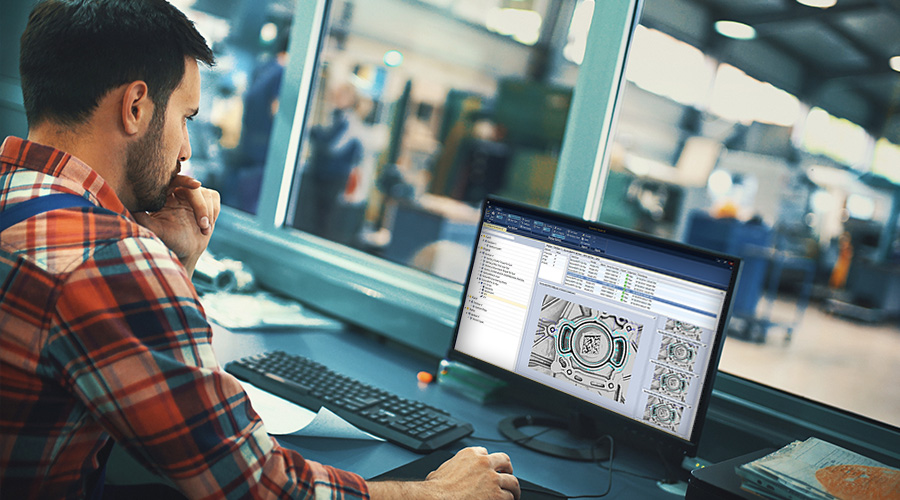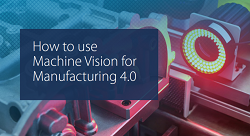Contributed by: Sciemetric Staff
On many production lines, the use of machine vision images is for basic pass/fail determination during the process cycle. Related data collection doesn’t often extend past camera performance. Pass/fail results, after serving their immediate purpose, are often discarded. If they are kept, they are commonly left on local PCs and servers, in silos across the plant that lack digital connectivity.
But these images and related datasets can be used to do so much more; to spot anomalies early before they lead to failures and to quickly trace root cause when quality problems crop up downstream.
Integrating machine vision data into your IIoT strategy
Many plants have already adopted digital platforms for centralized data collection, management and analysis as part of an IIoT strategy. They understand that this kind of digital transformation is about much more than simply collecting data. The goal must be to make the data usable, to empower people on the plant floor to take quick and appropriate action to maintain quality and yield, and to create an accessible archive with which quality engineers can experiment to drive continuous improvement.
Machine vision images and data must be considered as part of this collective whole.
Machine vision data in action
Consider the example of an oil pan that fails a leak test. What is the cause of the failure—a faulty gasket due to improper dispensing, an improperly installed gasket due to incorrect position, bolts that didn’t tighten down correctly, poorly machined surfaces due to excessive vibration at a machining centre? How many different gaskets and bolts are we talking about?
Getting to the root cause of this flaw could require investigation of a dozen or more machining, dispensing, fitting and rundown operations, each with its own data set. This includes the machine vision images and data that can tell you if the gasket material was dispensed properly.
What makes machine vision data unique?
What can an image tell you in this case that process signatures may not? Say, for example, the average width of the gasket material bead for a region of the part was within specification, but the image reveals that the maximum width was exceeded. This could indicate a micro air bubble, which caused the bead to “splat” out beyond where it should. And as any quality engineer who has had to contend with bubbles can tell you, even just a little trapped air can easily lead to weakened or failed gaskets.
To thrive in the era of IIoT, you must take advantage of all of your data—and that includes machine vision data. Learn more about Sciemetric’s QualityWorX Vision solution.
Free E-book: How to use Machine Vision for Manufacturing 4.0
Vision systems are valuable tools for quality inspection, but how are you using the massive number of images and amount of data they produce? This e-book explains why you should integrate machine vision output with the rest of your process data for a complete picture of production health.



